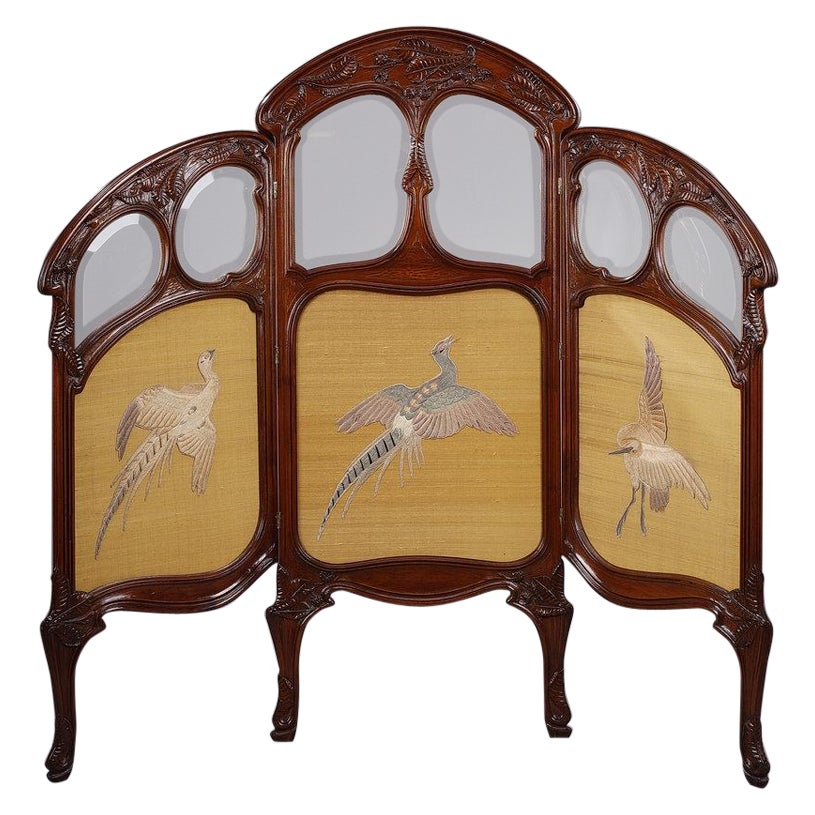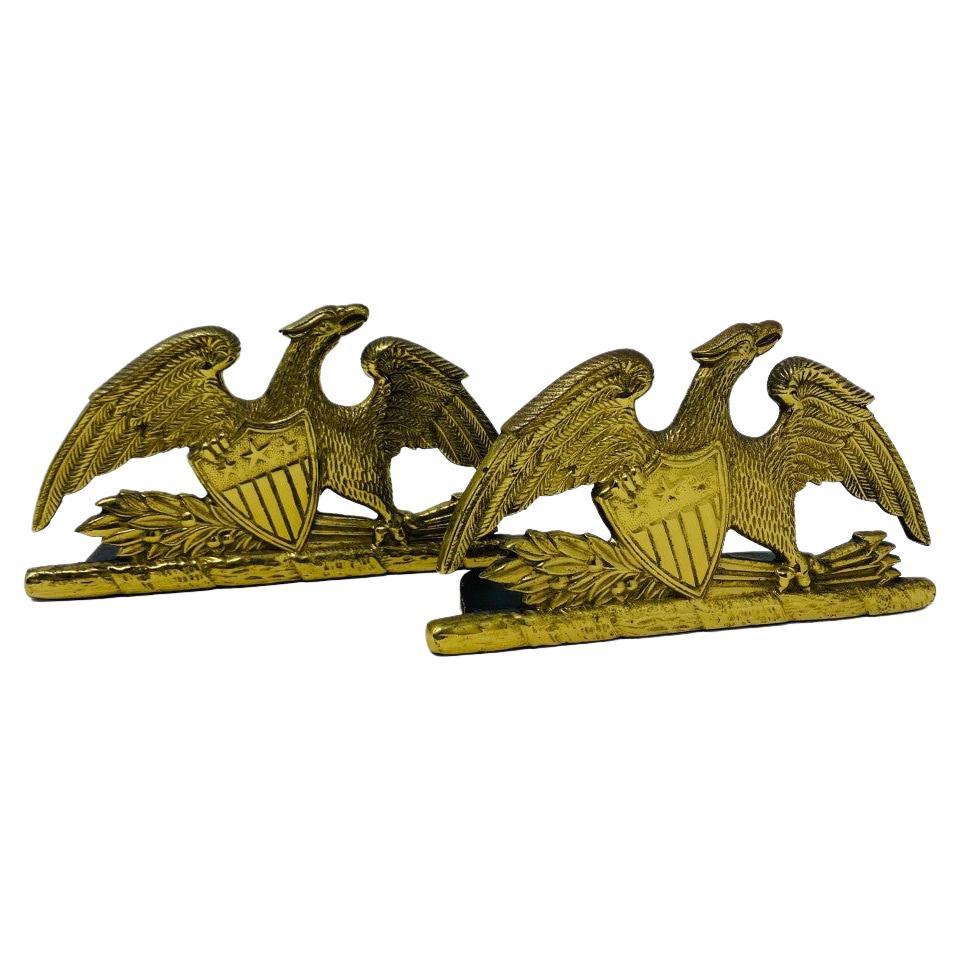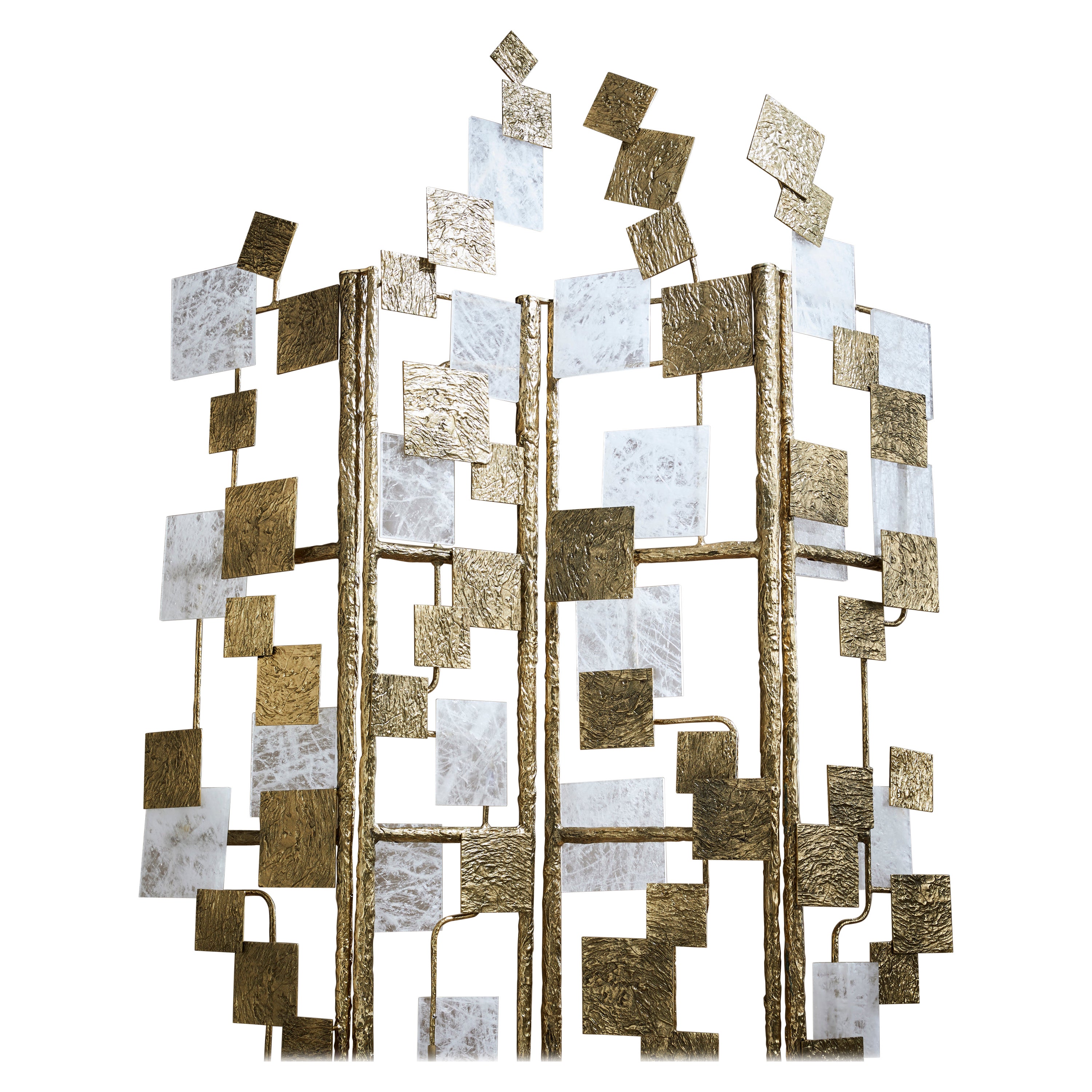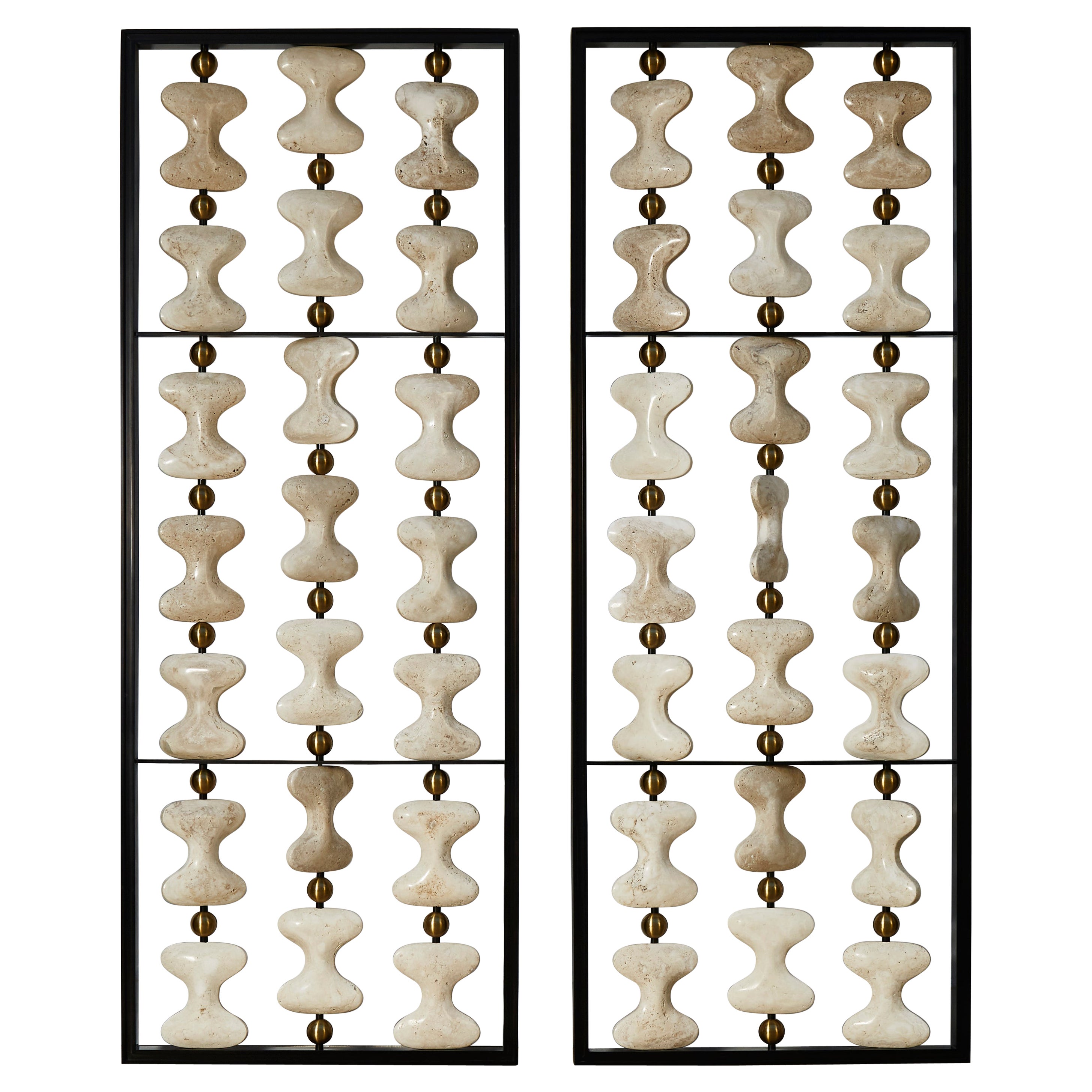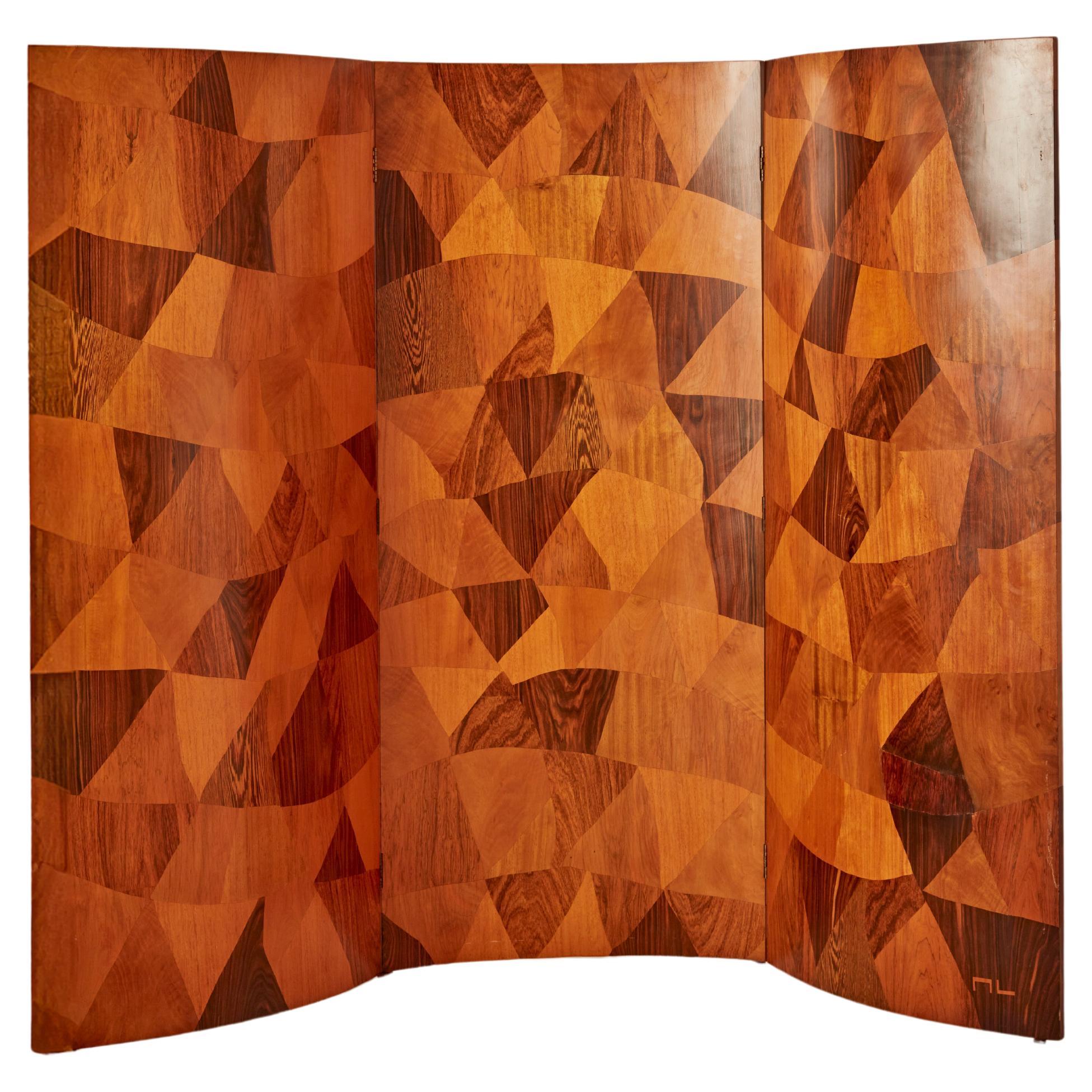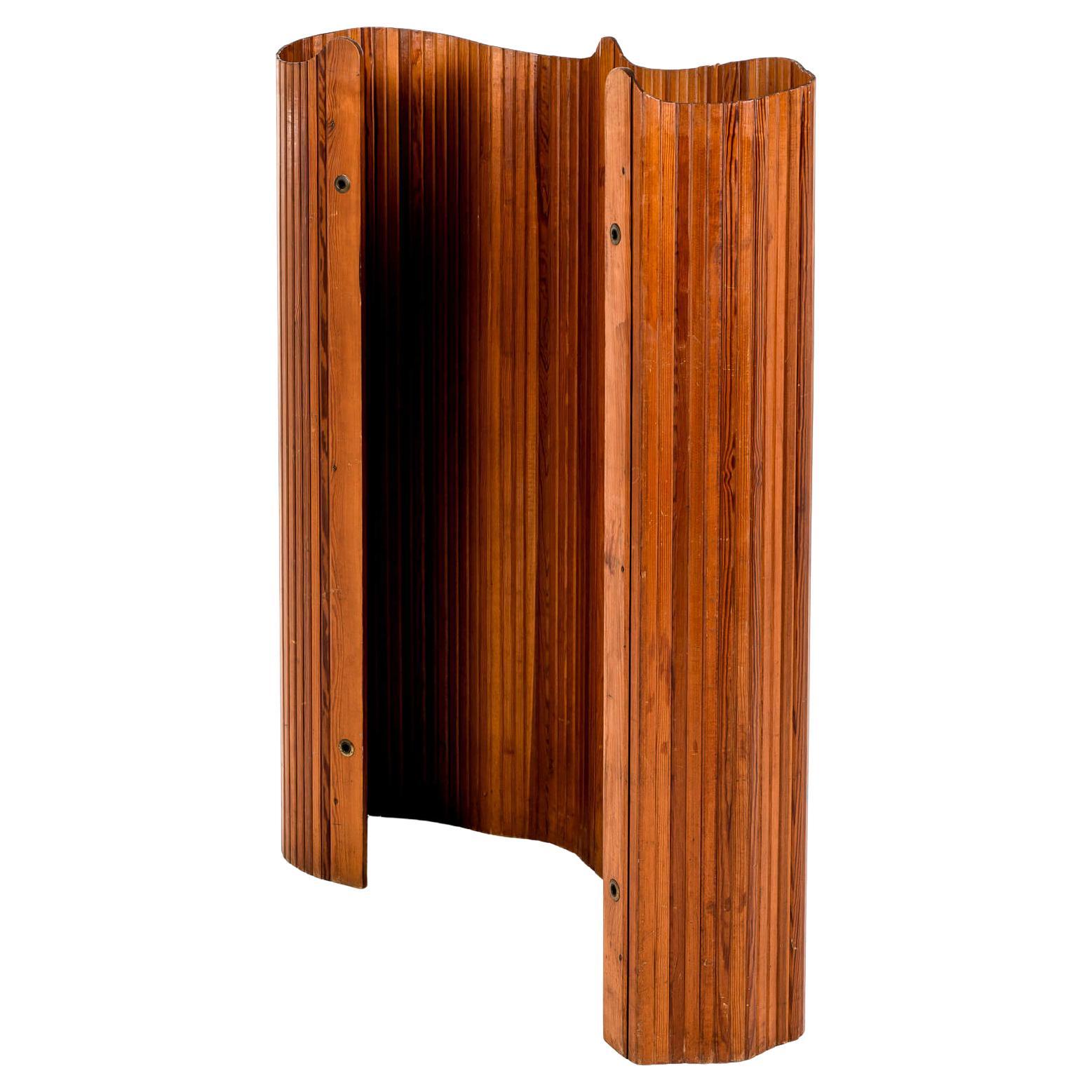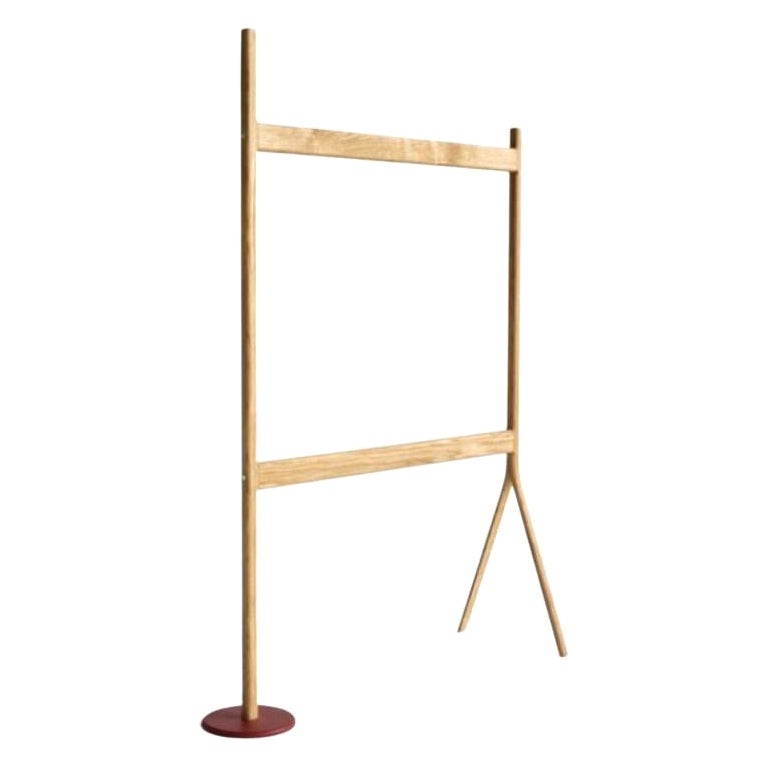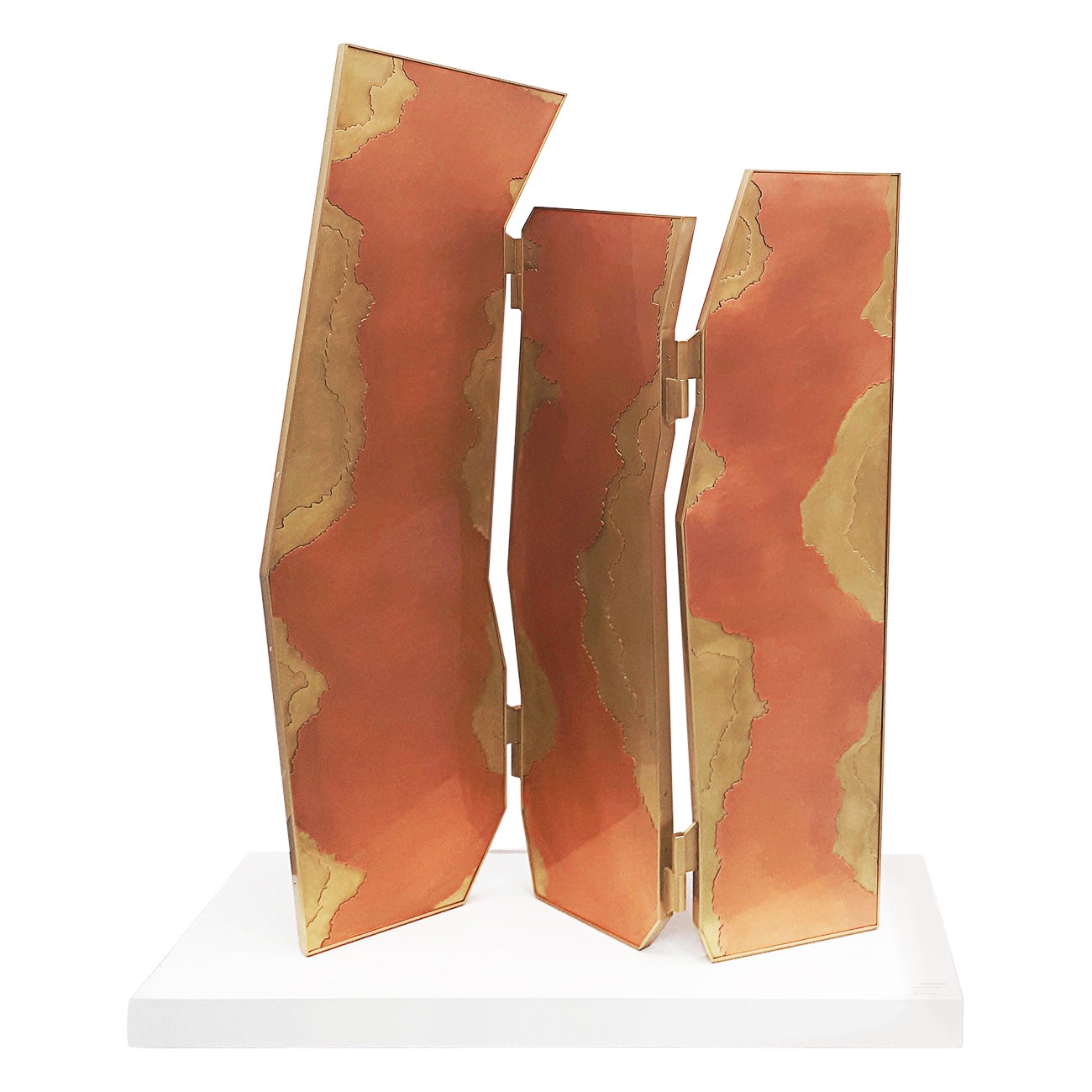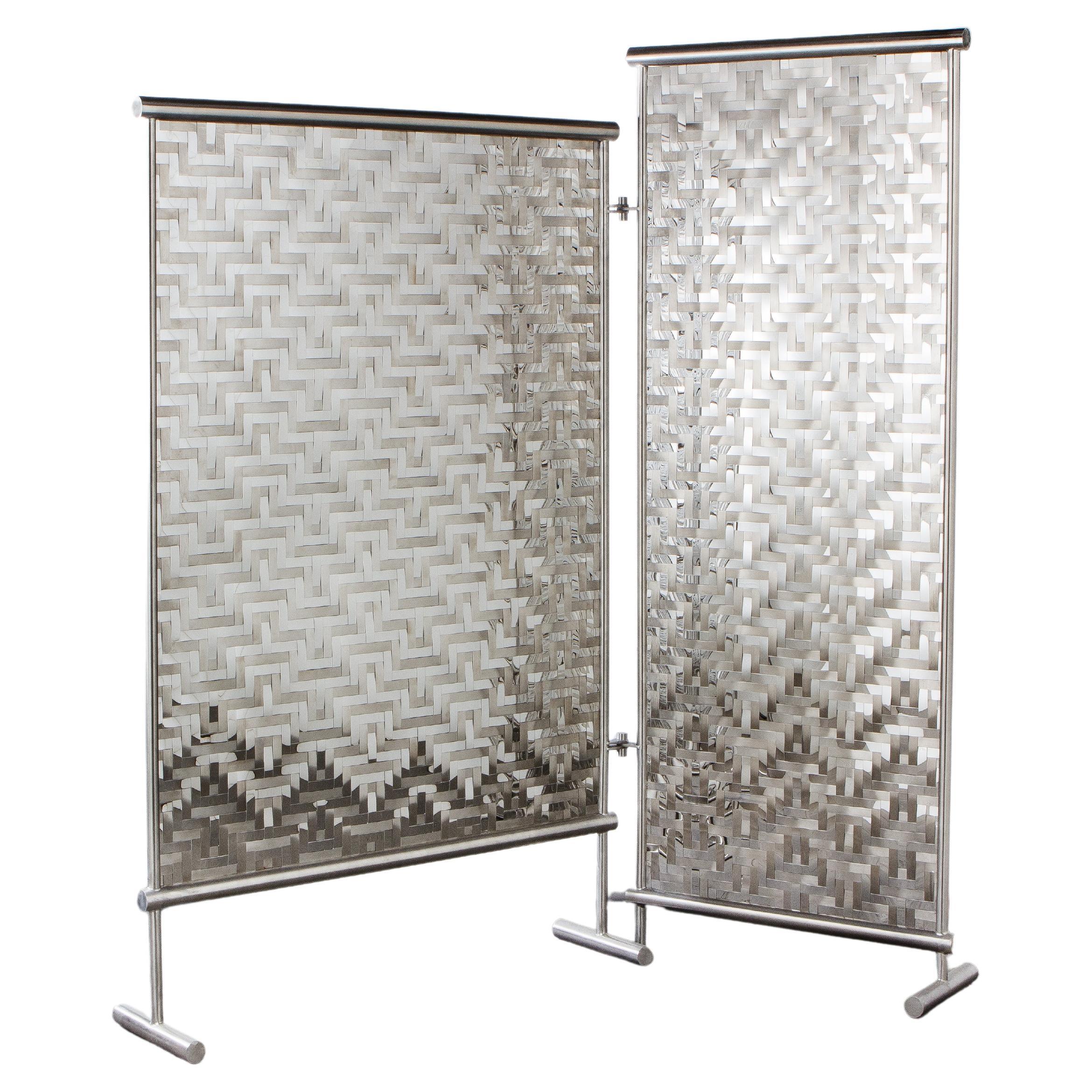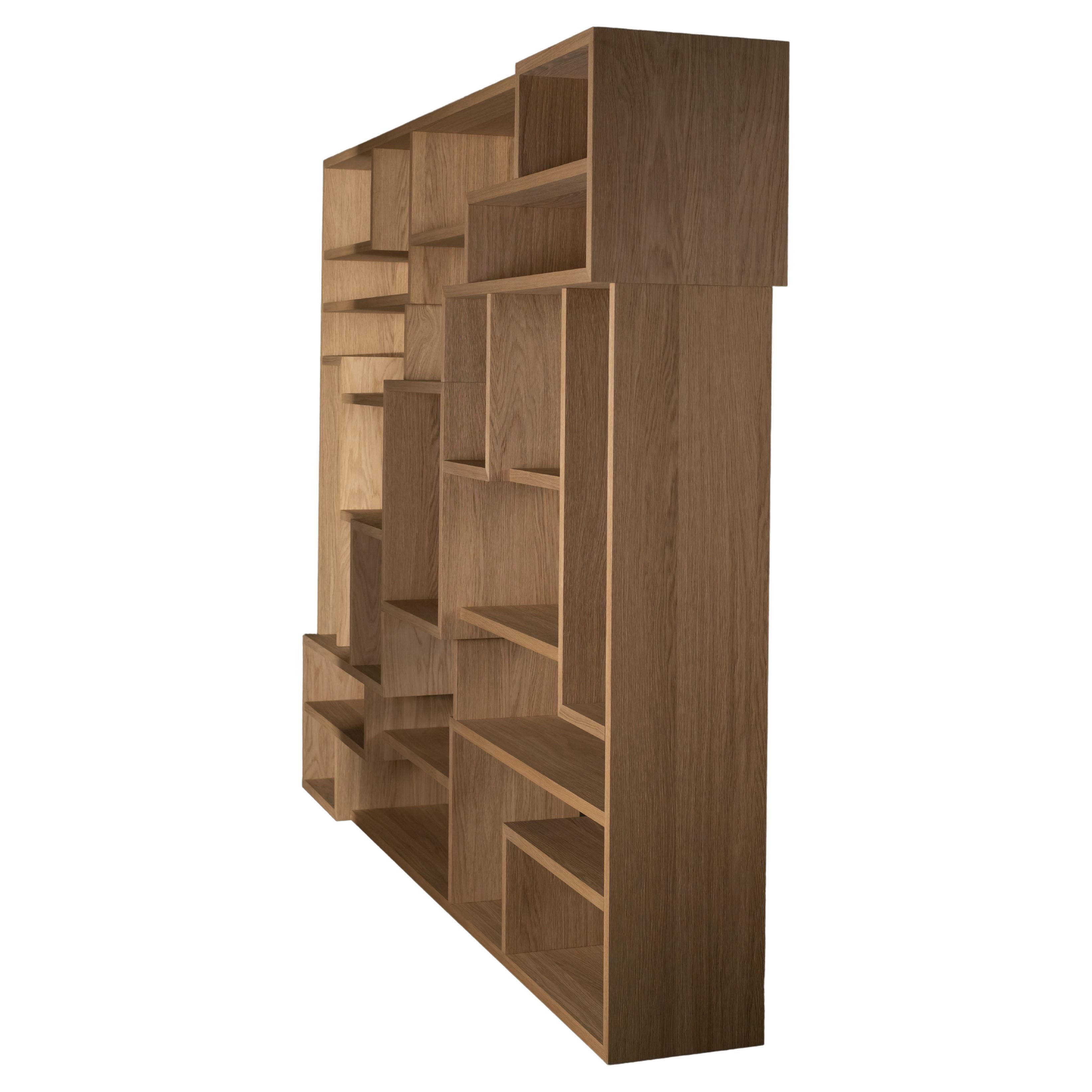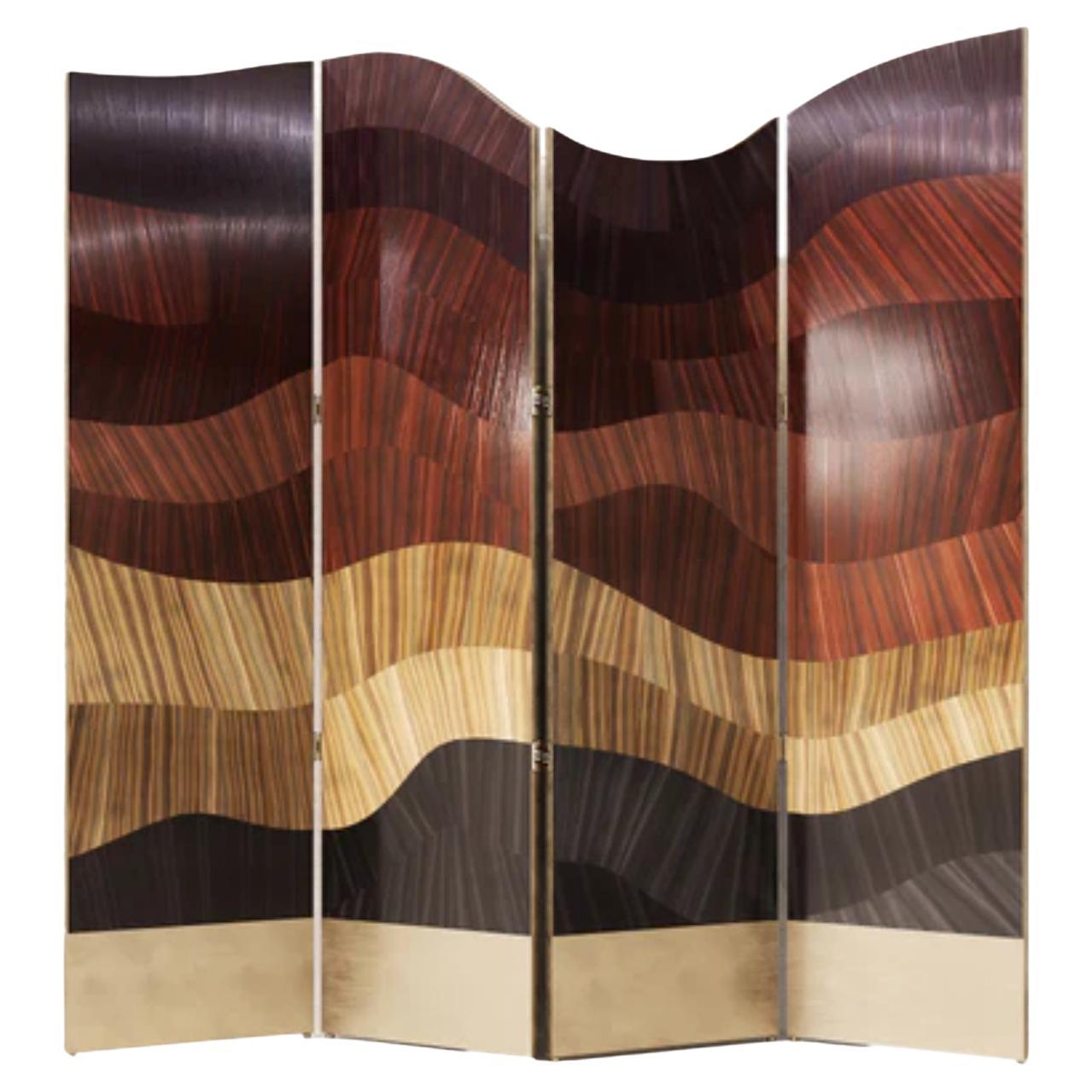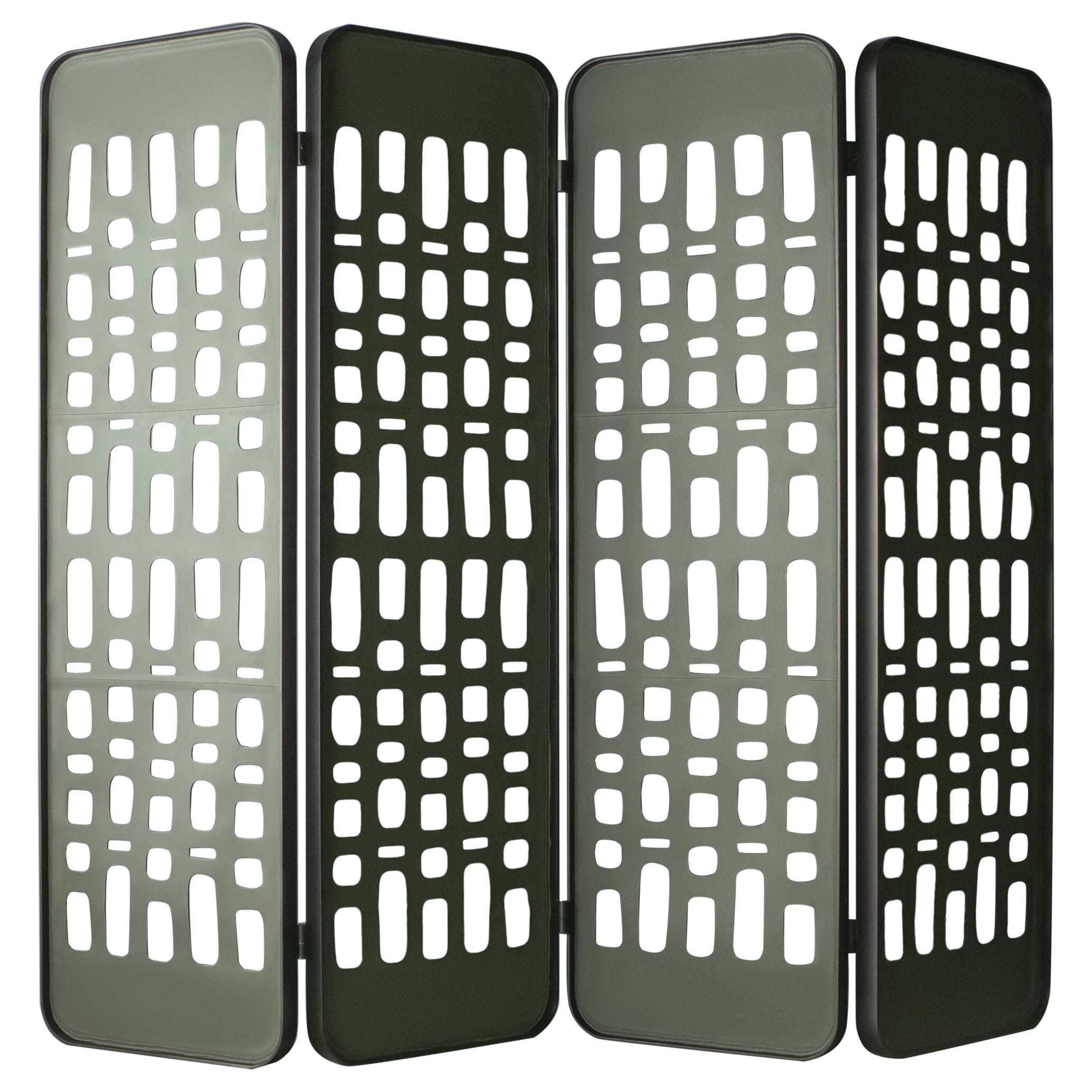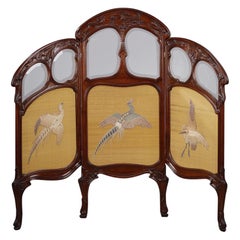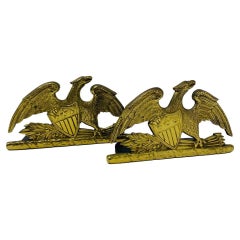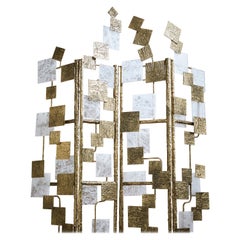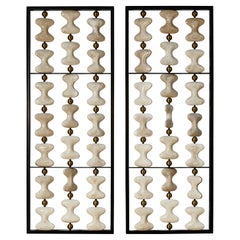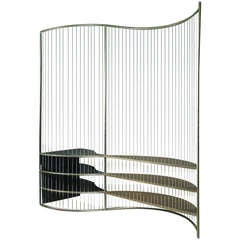
Screen by Félix Aublet, 1952
View Similar Items
1 of 3
Screen by Félix Aublet, 1952
$52,000List Price
About the Item
- Creator:Felix Aublet (Designer)
- Dimensions:Height: 90.5 in (229.87 cm)Width: 86.63 in (220.05 cm)Depth: 27.5 in (69.85 cm)
- Place of Origin:
- Period:
- Date of Manufacture:1952
- Condition:
- Seller Location:Paris, FR
- Reference Number:1stDibs: LU10100988994
Authenticity Guarantee
In the unlikely event there’s an issue with an item’s authenticity, contact us within 1 year for a full refund. DetailsMoney-Back Guarantee
If your item is not as described, is damaged in transit, or does not arrive, contact us within 7 days for a full refund. Details24-Hour Cancellation
You have a 24-hour grace period in which to reconsider your purchase, with no questions asked.Vetted Professional Sellers
Our world-class sellers must adhere to strict standards for service and quality, maintaining the integrity of our listings.Price-Match Guarantee
If you find that a seller listed the same item for a lower price elsewhere, we’ll match it.Trusted Global Delivery
Our best-in-class carrier network provides specialized shipping options worldwide, including custom delivery.You May Also Like
Three-Leaf Silk and Wood Screen 1900, Stamped Felix Bernard
Located in Paris, FR
Charming Art Nouveau period small three-leaf screen or mantel screen in carved mahogany decorated with embroidery on silk representing birds. The wooden panels are carved with stylized leaves and chestnut fruits. Each leaf is decorated with a bird embroidered on an Indian yellow wild silk. The upper part is openworked with six beveled glass panes set in place. Each panel is carved in the form of arabesques, in a fully Art Nouveau taste. The whole, foldable, rests on four small curved feet ending in a hoof. The central panel is slightly larger than the other two.
This small screen...
Category
Antique Late 19th Century French Art Nouveau Screens and Room Dividers
Materials
Silk, Wood, Glass
1952 Brass Eagle Bookends by Virginia Metalcrafters
Located in San Diego, CA
Beautiful pair of brass spread-wing eagle bookends by Virginia Metalcrafters, stamped 1952. The eagle is shown with its wings fully spread and a laurel branch and bundle of arrows clutched in its left talon. The eagle clutches a Union shield across its breast. The Union shield has a chief with three stars and six stripes completing the design.
The eagle motif in décor and Folk Art has been widely used throughout our nation's history, most notably as part of our Great Seal. The founders of the United States were fond of comparing their new republic with the Roman Republic, in which eagle imagery, usually the golden eagle, was prominent. On June 20, 1782, the Continental Congress adopted the design for the Great Seal of the United States depicting a bald eagle grasping 13 arrows and an olive branch with its talons.
When Charles Thomson put together the final design for the Great Seal, he placed a bundle of arrows in the eagle's left (sinister) talon. The official description specifies the bald eagle holding "in his sinister a bundle of thirteen arrows." The thirteen arrows are tightly aligned – a symbol of "strength in unity" that's found in the traditional cultures everywhere, from the Romans to the Iroquois— in this case a nod to the unity of the original 13 colonies. William J. Loth founded Virginia Metalcrafters in 1890, under the name Waynesboro Stove Company. The company, which made ornately cast Cook...
Category
Vintage 1950s American Mid-Century Modern Bookends
Materials
Brass
$220 Sale Price / set
20% Off
"Louvre" Screen by Studio Glustin
By Glustin Creation
Located in Saint-Ouen (PARIS), FR
Stunning "Louvre" screen in sculpted and patinated bronze and rock crystal squares, composed by 4 parts.
Creation by Studio Glustin.
Category
2010s French Modern Screens and Room Dividers
Materials
Rock Crystal, Bronze
$34,523 / item
"Ossicles" Screen by Studio Glustin
By Glustin Creation
Located in Saint-Ouen (PARIS), FR
Stunning screen (or wall panel) with rotating "Ossicles" in massive and sculpted travertine stone, brass spheres and black lacquered metal structure.
Creation by Studio Glustin.
...
Category
2010s French Modern Screens and Room Dividers
Materials
Travertine, Metal, Brass
$20,952 / item
Marquetry Screen by Michel Lefevre
By Michel Lefevre
Located in London, England
Height: 106cm
Width: 210cm
Designer: Michel Lefevre
Date: 1960s
Signed: Signed
Materials: Wood
Description: Made in the 1960s and newly restored by the artist himself. The Michel L...
Category
Vintage 1960s European Organic Modern Screens and Room Dividers
Materials
Wood
French Tambour Screen by S.N.S.A
By SNSA
Located in Faversham, GB
An elegant pine tambour room screen by the French design house S.N.S.A.
Featuring an invisible wire that connects the slats, allowing the screen to be positioned in multiple shapes ...
Category
20th Century French Art Nouveau Screens and Room Dividers
Materials
Pine
